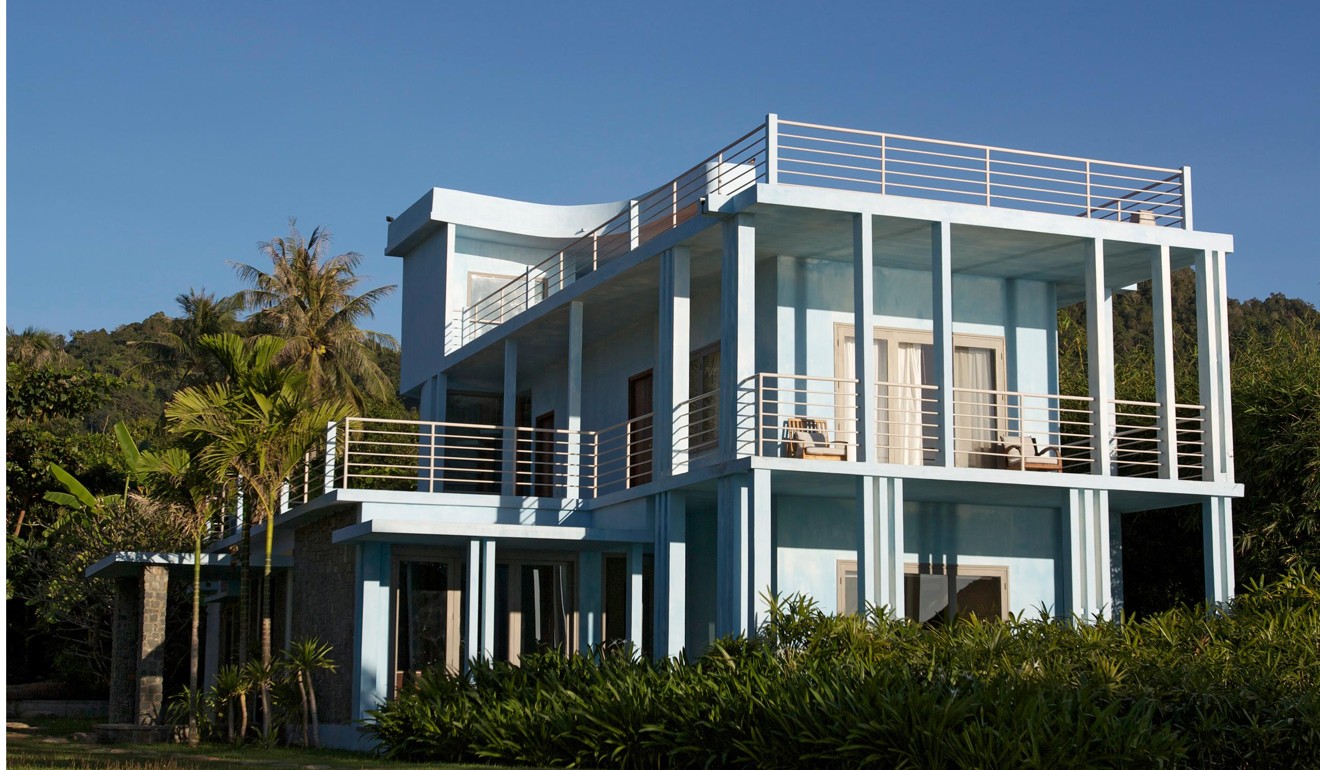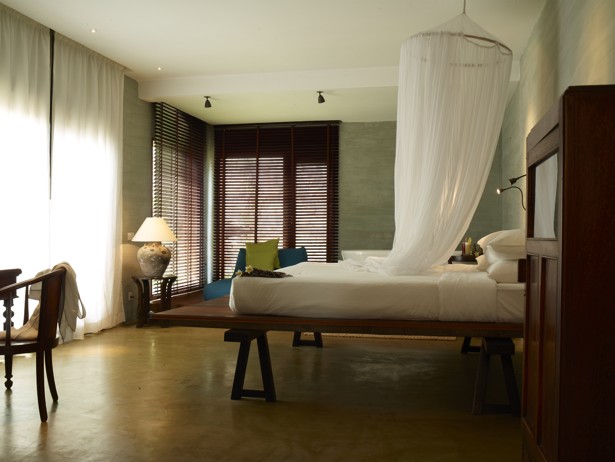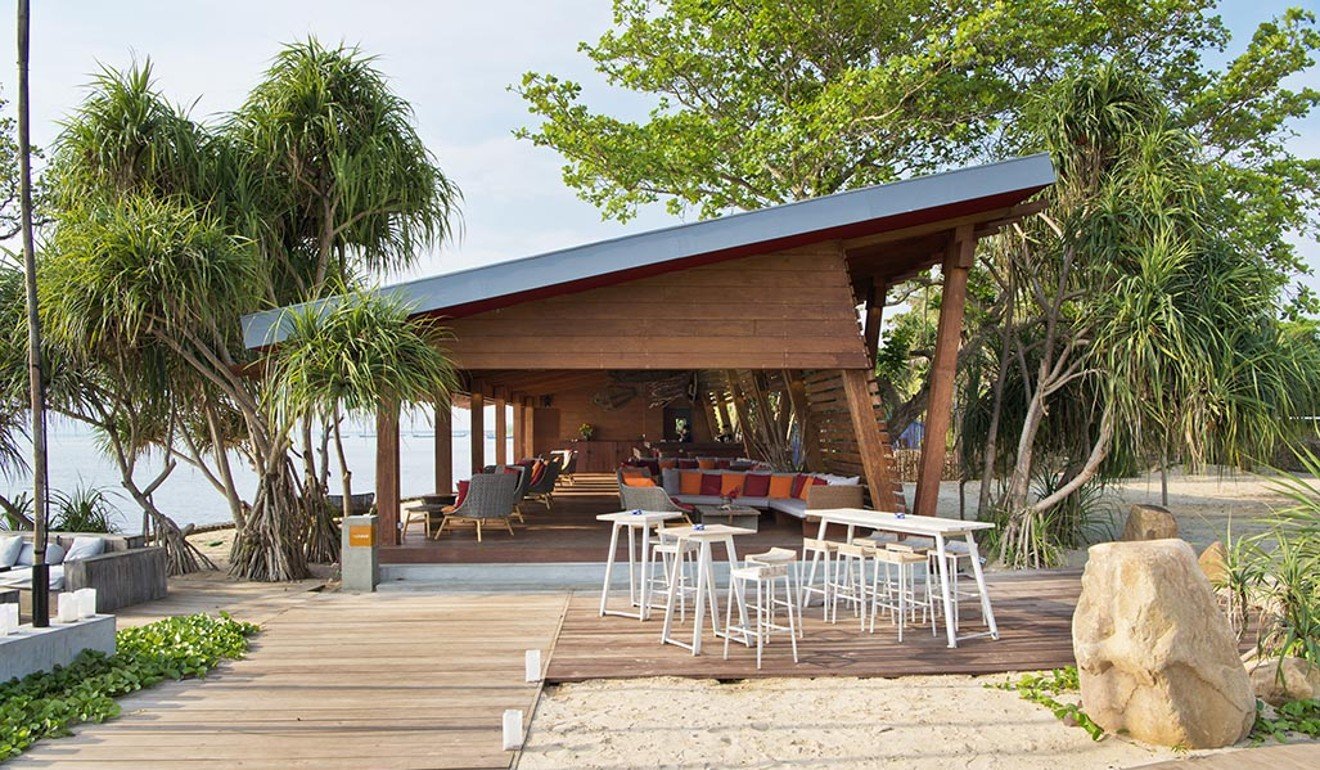
Kep in Cambodia: beach retreat favoured by country’s kings and French colonial elite is undergoing a revival
In the first of three instalments looking at Cambodia’s rising destinations, we visit the coastal resort of Kep, which is looking to reclaim its rightful title as the St Tropez of Southeast Asia

Most travellers to Cambodia will head straight to Angkor Wat. But as the Southeast Asian country continues to develop, and destinations that were once off the beaten track become more accessible, visitors are choosing to spend more time exploring the Kingdom of Wonder’s bounty of beauty.
Skip the popular Sihanoukville – the beachside town has become a construction site of luxury condos, hotels and casinos catering to the Chinese market – and head instead for the coastal town of Kep in southern Cambodia.
Overlooking the Gulf of Thailand, yet sitting at the base of rolling hills covered with thick jungle, the compact town was established in 1908 as a “station climatique” – or coastal escape – and quickly became a refreshing retreat for the French colonial elite.
After Cambodia gained independence in 1953, the late King Norodom Sihanouk kept the town’s prestige alive by hiring a team of architects to design a royal summer palace and swathe of villas that embodied the New Khmer Architecture movement. The team included revered Cambodian architect Vann Molyvann, also known as the father of New Khmer Architecture, and a group of Le Corbusier-influenced architects which included another prominent Khmer architect, Lu Ban Hap.

Cambodia’s rich and famous followed hot on the King’s heels, building a smattering of stylish minimalist villas that dotted the landscape and built Kep’s reputation as the place to be seen throughout the country’s cultural golden age of the 1950s and ’60s.
The lavish lifestyle Kep embodied was short-lived, with the town’s proximity to Vietnam making it a Khmer Rouge stronghold. It was abandoned, with Kep and its modernist buildings left to decay.
However, the last decade has seen Kep slowly make a comeback, with care being taken to ensure the rustic charm that makes the town so special is retained. Don’t expect late-night parties, bustling bars or rowdy hostels – up until a few years ago, it didn’t even have an ATM. Trying to find transport after 10pm can still be tricky.

Despite the town centre’s laid-back feel, there’s plenty to pack into a visit besides lazing on its stretch of golden sand. At the crab market, for example, women wade into the shallow waters to check their bamboo baskets for hauls, buckets of crabs are flung from seller to buyer, and wooden stalls sell an array of freshly caught, still flapping, seafood.
A few remaining relics of the town’s heyday dot the area and can be visited with the help of a friendly tuk tuk driver – there are plenty about. Despite being engulfed by nature, these eerie shells of once-glorious homes shine an intriguing light on Kep’s recent past.

King Sihanouk’s summer villa is one such home. The victim of decades of neglect, the sprawling villa sits crumbling among gardens neatly manicured thanks to a few families informally allowed to live there in exchange for keeping the grounds tidy (they will welcome a donation of a couple of dollars). Evidence of the villa’s chic past remain in the minimalist designs of the building, which once housed numerous parties for the former king who had a playboy reputation in his younger days.
Boutique resort Knai Bang Chatt has been upholding the standards of modern Kep since its opening in 2006. Luxurious, but understated, the resort pays testament to the town’s architectural history. Here, three abandoned villas designed by Molyvann’s protégés – for the then governor of Kep, a relative of King Sihanouk, and the country’s head of customs – have been restored to their former glory. Another two villas have since been built, with a total of 18 guestrooms overlooking an infinity pool, manicured gardens and the ocean.

Next door, perched over the water, The Sailing Club is a chic, contemporary and popular sunset spot which serves delicious seafood-inspired dishes and creative cocktails. At the club’s Discovery Centre there are boats for hire, sailing courses and sea-bound excursions.
Kep got its first late-night cocktail spot when The Lounge opened last year. Located next to The Sailing Club, it is a breezy, minimalist open air space, with wooden floors dotted with sofas and armchairs for the who’s who of Cambodia to lounge upon.

Spend a day exploring the rural surroundings. The province’s fertile soils make it the ideal clime to grow Kampot pepper – renowned as one of the world’s best – with many farms open to visitors.

Also worth visiting are the salt fields, where workers spend the day toiling in the heat to rake salt crystals from shallow waters into white pyramids. Or take a boat trip along the narrow, mangrove-lined waterways that pass by fishing communities who live out their lives on the banks.
How to get there
Kep is 150km south of Phnom Penh, with a private vehicle taking about three hours to get there. Buses run daily and take about four hours. The closest airport is Sihanoukville International Airport, which is about two hours away by private car.